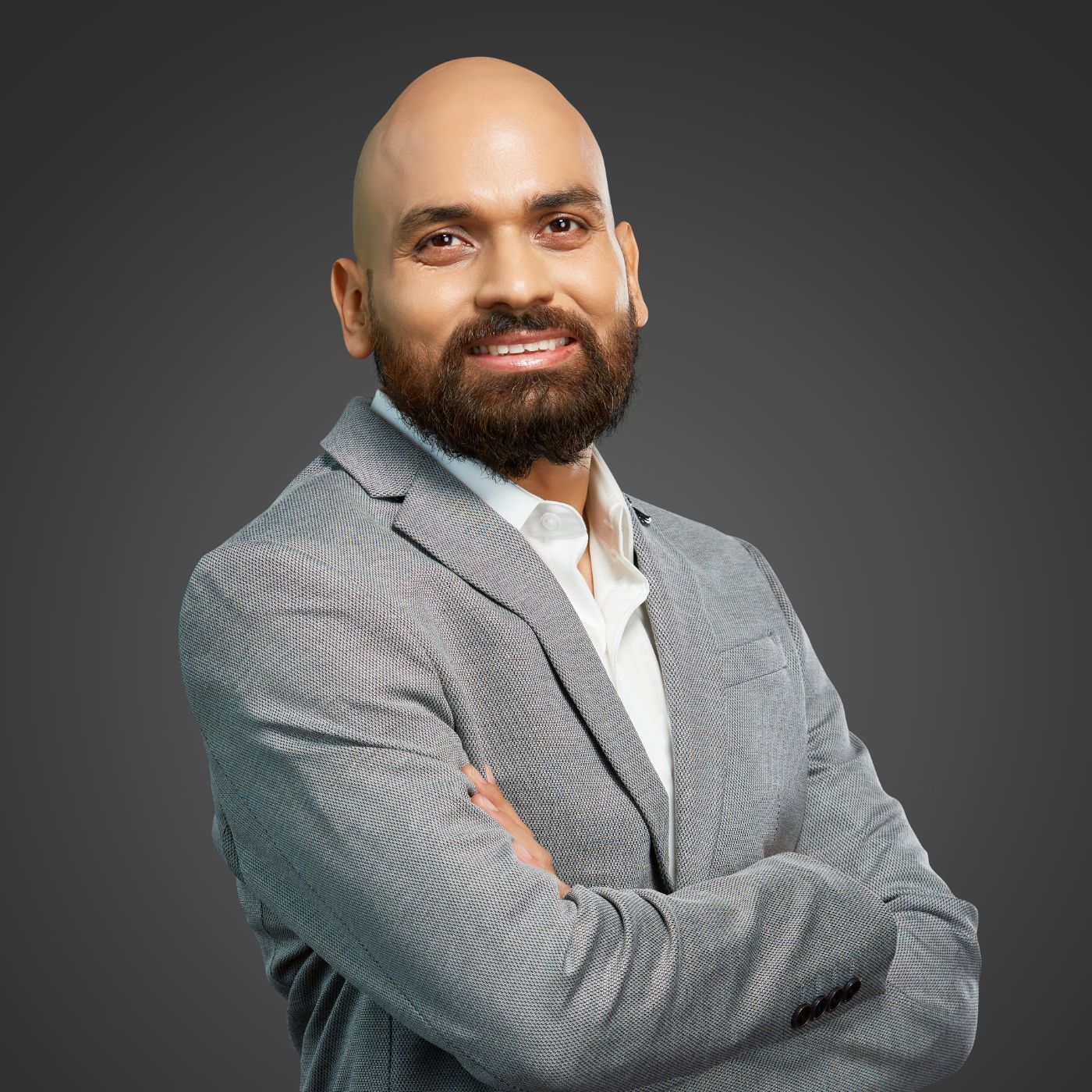513 reads
10 Things To Do Right Away Before Starting Your Product Journey
by
January 1st, 2021

Sculpting ideas and turning them into reality, CEO and Founder of Mindbowser Inc
About Author
Sculpting ideas and turning them into reality, CEO and Founder of Mindbowser Inc